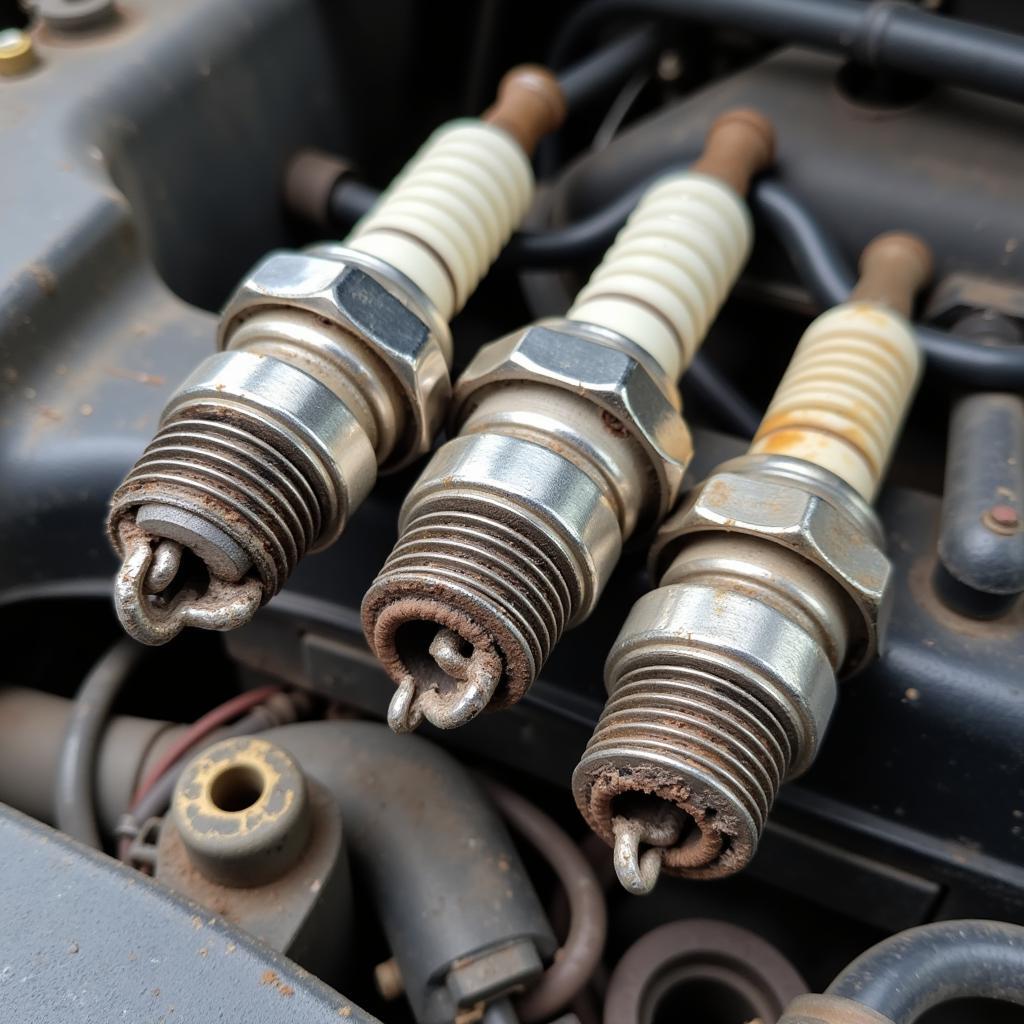It’s happened to us all – you’re rushing to get somewhere, and you accidentally drop your car key in a puddle, or worse, it goes for a swim in the toilet. This can be a major inconvenience, especially if you need your car right away. But don’t panic! Most car keys can be salvaged if you act quickly and follow the right steps. Here’s a comprehensive guide on how to fix a wet car key and what to do if you’re facing a more serious situation:
How to Fix a Wet Car Key: A Step-by-Step Guide
First things first, remove the key from the water as quickly as possible. The longer it stays submerged, the higher the risk of damage. Once you’ve removed it, here’s a simple guide on how to dry your car key:
- Pat it dry: Gently pat the key with a clean cloth or paper towel. This will remove any excess water from the surface.
- Disassemble if possible: If your car key has removable parts like a key fob or a key blade, take them apart. This will allow for better drying and help you identify any specific areas that might be wet.
- Air dry: Place the key in a dry, well-ventilated area, ideally at room temperature. Avoid direct sunlight or heat sources, as this could damage the key. It might take a few hours to a day for the key to dry completely.
- Use rice: If you’re in a hurry or need to dry the key faster, place it in a bowl of uncooked rice. The rice will absorb moisture from the key, speeding up the drying process.
- Check for damage: Once the key is completely dry, check for any signs of damage. Look for rust, corrosion, or any other signs of water damage. If you notice any damage, it’s best to take the key to a professional for inspection and repair.
- Test it: After the key has dried, test it to see if it works. Insert it into the car’s ignition and try to start the vehicle. If it doesn’t work, try cleaning the key’s contacts with a soft cloth or a cotton swab dipped in rubbing alcohol.
What If My Car Key Won’t Work?
If your car key still doesn’t work after drying, you might need to take it to a locksmith or a car dealership for repair. Water damage can affect various parts of your car key, including the internal circuitry, the battery, or the key’s transponder.
Here are some common issues that may occur after a car key has been exposed to water:
- Battery failure: Water damage can cause corrosion or short circuits in the battery, preventing it from functioning properly.
- Transponder failure: The transponder is a small chip inside the key that communicates with the car’s immobilizer system. Water damage can damage the transponder chip, making it unable to communicate with the vehicle.
- Key blade damage: In some cases, water can rust or damage the key blade, making it difficult to insert into the ignition or turn it properly.
What to do if your car key is damaged:
- Visit a locksmith: A locksmith can diagnose the problem and repair or replace the damaged key.
- Contact your car dealership: If the damage is significant, you might need to contact your car dealership for assistance. They can help you get a new key or have the damaged one repaired.
- Consider a spare key: If you don’t have a spare key, it’s a good idea to get one made as soon as possible. This will help you avoid being stranded if your primary key gets damaged again.
Common Questions About Wet Car Keys
Q: What are some signs of a damaged car key?
A: Some signs of a damaged car key include:
- The key doesn’t turn in the ignition.
- The key doesn’t start the vehicle.
- The key blade is rusted or bent.
- The key fob is unresponsive or has a flickering light.
- The key is stuck in the ignition.
Q: How can I prevent my car key from getting wet?
A: Here are a few tips to help prevent your car key from getting wet:
- Keep it in a dry place when not in use.
- Consider using a waterproof key cover.
- Avoid carrying your key in your pocket when you’re in a wet environment.
Q: How much does it cost to repair a wet car key?
A: The cost of repairing a wet car key varies depending on the severity of the damage and the type of key. A simple battery replacement could cost as little as $20, while a complete key replacement could cost hundreds of dollars.
Q: Can I dry a wet car key with a hairdryer?
A: It’s not recommended to use a hairdryer to dry a wet car key. The heat from the hairdryer could damage the key’s internal components.
Q: Can I use a microwave to dry a wet car key?
A: Never use a microwave to dry a wet car key. Microwaving metal objects is extremely dangerous and can cause a fire.
Conclusion
Being prepared and understanding the potential risks of a wet car key can save you a lot of stress and money. Remember, it’s important to act quickly and avoid using heat to dry your key. If the key shows signs of damage, seek professional help from a locksmith or your car dealership.
For more information on car key repairs and other automotive tips, contact AutoTipPro at +1 (641) 206-8880 or visit us at 500 N St Mary’s St, San Antonio, TX 78205, United States.







Leave a Reply